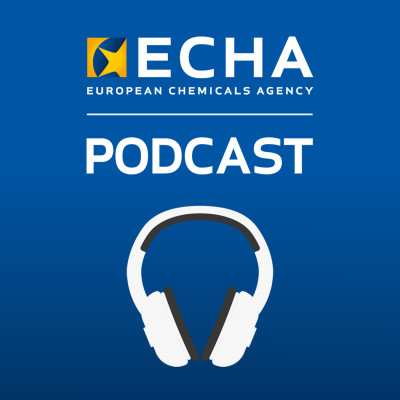Limiting lead use for outdoor shooting and fishing: Risk Assessment and Socio-Economic Analysis Committees
00:00 / 32:10
298
Chapters
#1
Restricting use of lead ammunition in outdoor shooting and fishing
00:44
#2
What was checked by the Risk Assessment Committee in relation to EFSA's data on lead in game meat and what was the outcome?
01:23
#3
Summary of the Risk Assessment Committee June opinion on lead
04:12
#4
Socio-Economic Analysis Committee conclusions on lead in outdoor shooting and fishing
05:35
#5
Derogation of lead gunshot for sports shooting
07:46
#6
What other aspects were looked at in addition to costs and emissions?
09:10
#7
Ensuring supply of lead ammunition for military use
13:00
#8
Alternatives to lead ammunition and their costs
14:03
#9
Impact of lead restriction on fishing (sinkers and lures)
15:15
#10
Alternatives to lead in fishing
17:05
#11
Next steps for committee opinions on lead
17:55
#12
Socio-Economic Analysis Committee opinion on PAHs in clay targets
18:17
#13
Transition periods and Russia trade sanction impacts on PAH restriction
19:20
#14
Risk Assessment Committee: occupational exposure limits for cobalt and inorganic cobalt compounds
21:29
#15
Setting a derived no-effect level for DOTE
28:56

Limiting lead use for outdoor shooting and fishing: Risk Assessment and Socio-Economic Analysis Committees
Our scientific committees have had their last meetings of the year and in this episode we cover the outcomes of the Risk Assessment and Socio-Economic Analysis committees.
Tim, the Chair of the Risk Assessment Committee and Maria who chairs the Socio-Economic Analysis Committee join us.
We talk about the restriction of lead ammunition for hunting and outdoor sports shooting and lead used in fishing tackle. Here, the Socio-Economic Analysis Committee adopted its opinion on the costs and benefits and the Risk Assessment Committee carried out a further analysis of data from the European Food Safety Authority (EFSA) on the risks from ingesting lead through game meat.
Also on the agenda were the restriction of Polycyclic aromatic hydrocarbons (PAHs) in clay targets for shooting and an opinion on occupational exposure limits for cobalt and inorganic cobalt compounds.
Tim also talks us through setting a derived no-effect level for DOTE to protect workers, a chemical which is on the REACH Authorisation List of substances of very high concern.
What the committees do
The two committees prepare scientific opinions that are used by the European Commission and EU member states when deciding how chemical risks need to be controlled. They are made up of scientists from EU Member States and have observers from EU organisations that represent different sectors and interests.
Related episodes:
Give us feedback
More
- ECHA’s scientific committees support limiting lead use for outdoor shooting and fishing - ECHA news, 30 November 2022
- Highlights from December RAC and SEAC meetings - ECHA update, 8 December 2022
- Risk Assessment Committee
- Socio-Economic Analysis Committee
**************
Follow us on:
Visit our website
Disclaimer: Views expressed by interviewees do not necessarily represent the official position of the European Chemicals Agency. All content is up to date at the time of publication.
Hosted by Ausha. See ausha.co/privacy-policy for more information.
Powered by Ausha 🚀